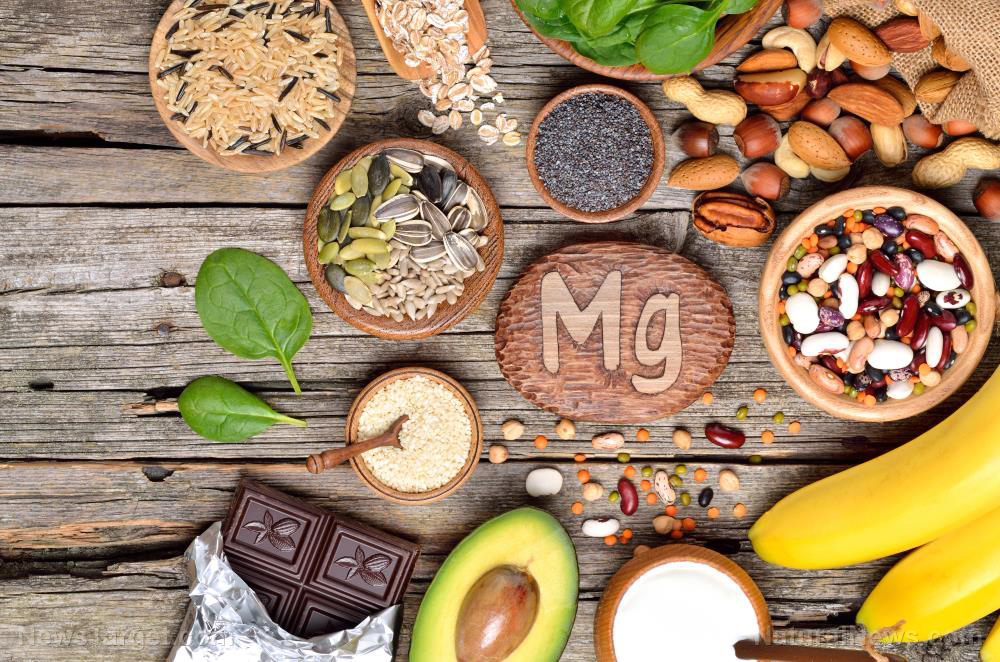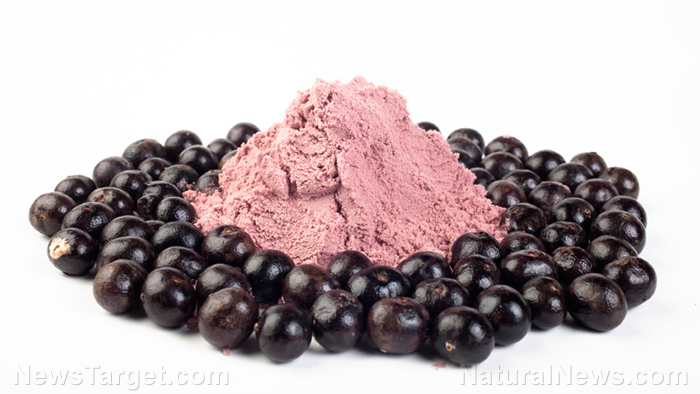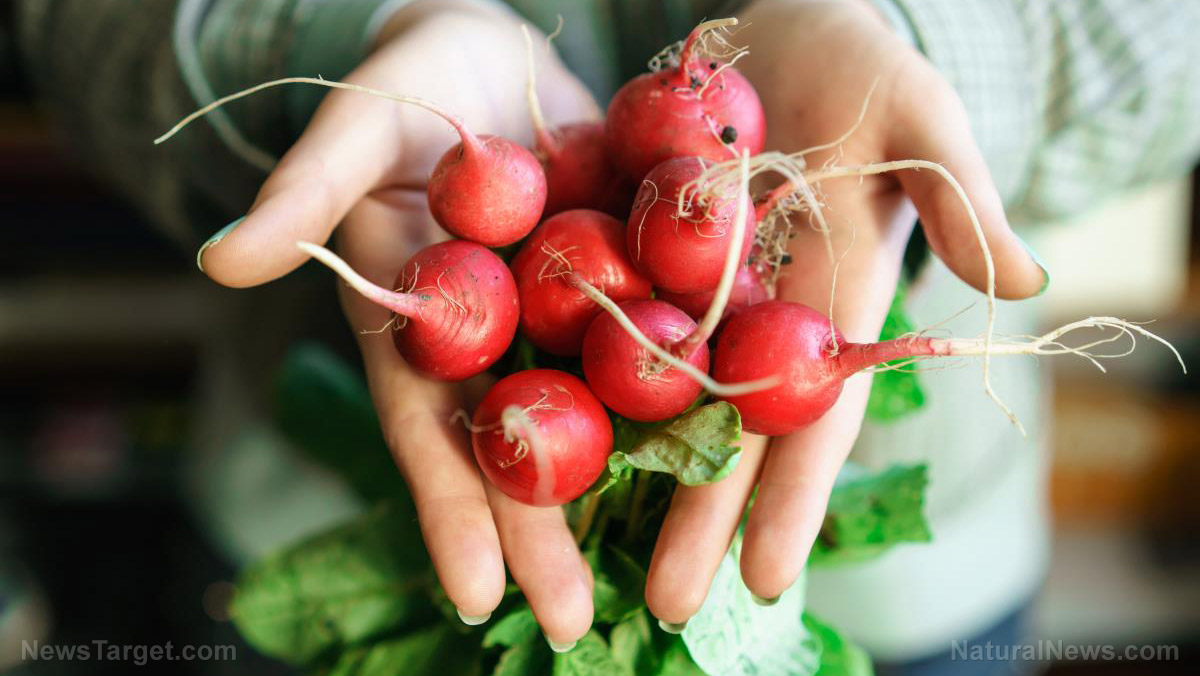 Parler
Parler Gab
Gab
- Boosts immune health – Studies on mice indicate that the resistant starch in arrowroot flour acts as a dietary fiber. Fiber stimulates the production of an anti-inflammatory protein called interleukin-4, which helps regulate your immune response.
- Improves digestive health – The starch in arrowroot flour serves as food for the good bacteria in your gut. These bacteria protect against infection and digestive problems like constipation.
- Aids in diabetes management – Arrowroot has a low glycemic index (GI). Low GI foods won't lead to spikes in your blood sugar. Therefore, arrowroot flour is great for people with diabetes, a condition marked by high blood sugar levels.
- Aids in celiac disease management – People with a condition known as celiac disease can't have the usual grain-based flours because their bodies mistake gluten as a threat and cause damage to their intestine as a result. Sticking to gluten-free flours helps keep their condition in remission.
- Carbohydrates – 88.15 grams (g)
- Fiber – 3.4 g
- Calcium – 40 milligrams (mg)
- Magnesium – 3 mg
- Phosphorus – 5 mg
- Potassium – 11 mg
- Sodium – 2 mg
- Iron – 0.33 mg
- Manganese – 0.47 mg
- Folate – 7 micrograms (mcg)
Cooking with arrowroot flour
Arrowroot flour is a common ingredient in healthy recipes because it's vegan, paleo and gluten-free. Here are a few tips on how to use arrowroot flour in the kitchen: 1. Swap it in for cornstarch or all-purpose flour in sauces and stews Arrowroot is a healthier substitute for cornstarch because it has a low GI. In contrast, cornstarch has a high GI, which means it can greatly affect your blood sugar levels. You can use arrowroot flour in any recipe that calls for a thickener. Just take note that arrowroot flour needs to be mixed with a room-temperature liquid before being added to a hot liquid. It's also best to add arrowroot flour toward the end of cooking. 2. Use it as a thickener for pie fillings, custards and puddings You can use arrowroot flour in pies, custards and puddings to give them a bit of structure and a shiny finish. In a pudding, for example, the flour should first be combined with milk before being mixed with the other ingredients. In a pie, the flour should be left to sit for a couple of minutes after being mixed with the remaining ingredients. This ensures that the pie gets a beautiful, glossy coating when it's done baking. 3. Swap it in for baking powder Baking powder helps add volume and lighten the texture of pastries. But baking powder is composed of baking soda and cornstarch, which, as mentioned earlier, is unhealthy. The next time you come across a recipe that calls for baking powder, make your own healthier alternative. Just combine 1/4 cup baking soda, 1/2 cup cream of tartar and 2 tablespoons of arrowroot flour. Use the amount of baking powder the recipe called for and store the rest for future use. 4. Use it as a plant-based binder for homemade pasta or vegan patties Homemade pasta noodles are usually chewy and elastic because of two key ingredients: gluten and eggs. But if you can't have either or both, don't fret. Just use arrowroot flour! It's great at keeping ingredients together, especially if you're making your own noodles, pasta shells and plant-based foods like vegetable patties. 5. Use it to make better baked goods Gluten-laden flours are known for giving baked goods incredible texture. They make your pancakes fluffy, your cookies chewy and your muffins spongy. Arrowroot flour can do pretty much the same. Plus, arrowroot flour can serve as a replacement for eggs when combined with the right ingredients. To replace one egg in a recipe, mix 1/4 cup of water with one tablespoon each of arrowroot powder and an oil of your choice. Aside from turning your recipe vegan, arrowroot flour improves the final product's texture. 6. Use it to crisp up fried vegetable sticks Frying strips of carrots, bell peppers and the like is a great way to get your kids to eat vegetables. You can serve fried vegetable sticks as snacks or appetizers at dinner parties as well. To make them extra crispy, dunk the vegetables in a batter made with arrowroot flour. Arrowroot flour is a healthier alternative to cornstarch. Reap the benefits of this amazing flour when you add it to your soups, stews and baked goods. Sources: OrganicFacts.net StyleCraze.com ScienceDaily.com MindBodyGreen.comSupplementing with vitamin D found to improve blood pressure in overweight children
By Zoey Sky // Share
Common signs and symptoms of magnesium deficiency
By Olivia Cook // Share
Food supply 101: How to grow edible mushrooms in your home garden
By Zoey Sky // Share
Qatari study finds natural immunity is 97% EFFECTIVE against severe COVID even after 14 months
By Ramon Tomey // Share
Polyphenols in acai found to have a prebiotic effect that boosts digestive health
By Zoey Sky // Share
Home gardening tips: How to grow and harvest radishes
By Zoey Sky // Share
Governments continue to obscure COVID-19 vaccine data amid rising concerns over excess deaths
By patricklewis // Share
Tech giant Microsoft backs EXTINCTION with its support of carbon capture programs
By ramontomeydw // Share
Germany to resume arms exports to Israel despite repeated ceasefire violations
By isabelle // Share










